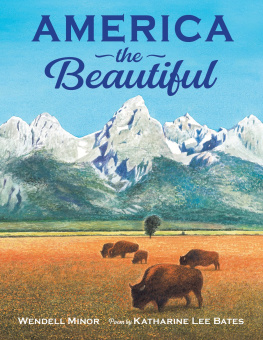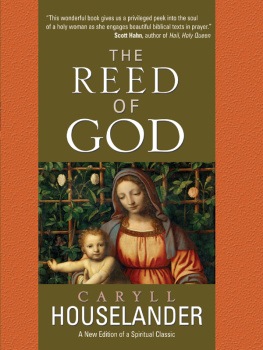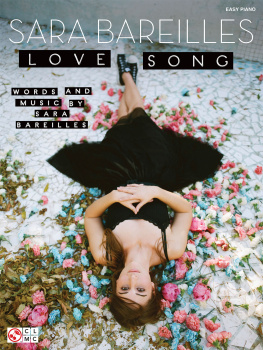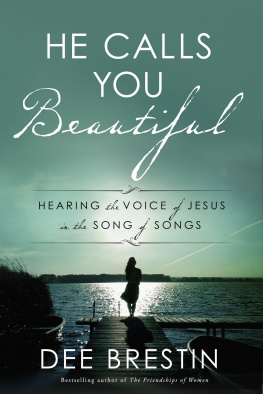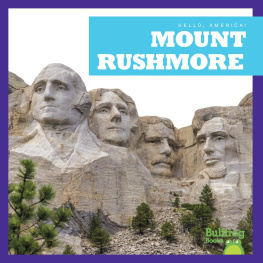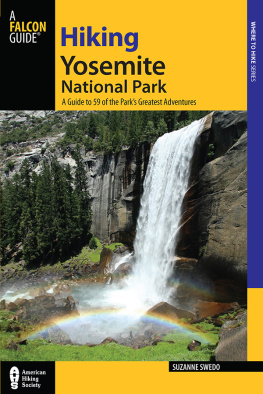To the spirit and diversity of Americans
who love their countryW. M.
I NTRODUCTION
I n 1893, Katharine Lee Bates journeyed from her Cape Cod home by
train, west to Colorado. It was a trip that would change her life and
change America.
It was the first time the young poet and professor of English
experienced the diversity and vastness of our great land. She kept a
diary in which she expressed her thoughts about what she saw. One
day she trekked to the summit of Pikes Peak in Colorado, and later she
recorded in that diary her impressions of the magnificent view. Those
diary jottings were the beginning of an idea for the poem America the
Beautiful.
Through good times and bad times for more than a century,
Americans have been singing the inspiring words to Katharine Lee
Batess poem. America the Beautiful means something special to
each and every one of us. We conjure up images as we sing, and Im
certain that each of us has a unique vision.
The paintings in this book are the images that come to my mind
when I sing the words. I think about all the beautiful places I have
visited in my travels across the United States. I think about the poems
timeless message, and how it reminds me of Americas history and
those who have contributed to Americas greatness.
It is my sincerest wish that Katharine Lee Batess words and my
paintings will serve as a reminder to children and parents of Americas
gifts. May you always enjoy the natural beauty of our country and help to
preserve it, and may you always feel Americas pride of spirit!
Wendell Minor
O beautiful for spacious skies,
F or amber waves of grain,
F or purple mountain majesties
A bove the fruited plain!
A merica!
A merica!
G od shed His grace on thee
A nd crown thy good with brotherhood
F rom sea to shining sea!
O beautiful for pilgrim feet,
W hose stern, impassioned stress
A thoroughfare for freedom beat
A cross the wilderness!
A merica!
A merica!
G od mend thine every flaw,
C onfirm thy soul in self-control,
T hy liberty in law!
O beautiful for heroes proved
I n liberating strife,
W ho more than self their country loved
A nd mercy more than life!
A merica!
A merica!
M ay God thy gold refine,
T ill all success be nobleness,
A nd every gain divine!
O beautiful for patriot dream
T hat sees beyond the years
T hine alabaster cities gleam
U ndimmed by human tears!
A merica!
A merica!
G od shed His grace on thee
A nd crown thy good with brotherhood
F rom sea to shining sea!
KATHARINE LEE BATES
Katharine Lee Bates was born in 1859 in
Falmouth, Massachusetts, where she started
keeping a journal at the age of six. When
she was twelve, she moved to Wellesley,
Massachusetts, and at eighteen, she enrolled
in the new, highly esteemed Wellesley College.
She excelled in academics, wrote poetry for
supplemental income, and after graduation,
taught high school. In 1885, she returned to
Wellesley College as an English professor
and became head of the English literature
department in 1891.
Bates was known for her intelligence, wit, and sense of humor, and was
involved in numerous political and social reform organizations, among them
the League of Nations and the Anti-vivisection Society. She helped form the
New England Poetry Club in 1915 and was its first president. Her books include
literary criticism, poetry, childrens books, and travelogues, the latter based on
several trips to Europe and the Middle East.
In 1893, at thirty-three years of age, Bates embarked on a life-changing trip
to Colorado to teach summer school, stopping at Niagara Falls and the futuristic
White City of the Worlds Columbian Exposition in Chicago. At the end of the
school term, she visited the summit of Pikes Peak. It was the breathtaking view
from this place that inspired the words to America the Beautiful. She submitted
the poem for publication in 1895, and it appeared in The Congregationalist.
The poems admirers determined that it should be a hymn, so Bates revised
it in 1904 and again in 1911 to make it easier to sing. People across the country
sent melodies, but she stayed out of that debate, only requiring that the words
not be altered. She continued to write and teach, making time to correspond with
her fans, whose letters took up their own cabinet in her house. She died in 1929.
For almost a century, there has been talk of making America the Beautiful,
set to Samuel Augustus Wards Materna, the United States national anthem.
The song is one of the most beloved in the country.
SAMUEL AUGUSTUS WARD
The first instrument Samuel Augustus
Ward played was the accordion, which
he started when he was six years old.
Born in 1847 in Newark, New Jersey, he
never had formal music training, yet as a
teenager he already had his own piano
students. At age sixteen, he was the
organist of a Manhattan church. Ward
opened a successful music store, and in
1871, he married his sweetheart,
Virginia. They had four daughters. He
became the organist at Grace Episcopal
Church in Newark, and in 1889, he founded Newarks Orpheus Club, a
mens chorus that is still active. Ward composed music for the group and
conducted it for fourteen years. He was known for his energy and passion.
Like Bates, Ward was thirty-three years old when a trip to a beautiful
American site inspired him. On the steamboat ride home after a visit to
Coney Island in New York, he started humming a tune. But he had no
paper, so the melody he would be remembered for was first written on a
friends shirt cuff. Ward called the tune Materna and used it as a new
setting for the hymn O Mother Dear, Jerusalem. A five-cent church
weekly published it in 1888. It was later printed in several hymnals. In
1904, his melody and Batess lyrics were put together, and in 1910 they
were published for the first time as a song.
Ward died in 1903, never knowing that his melody would become the
nations favorite for America the Beautiful. New versions of the words set
to different tunes kept appearing. In 1926, the National Federation of Music
Clubs held a contest to choose an official tune written specifically for the
poem. More than nine hundred entries were submitted, but none were
determined to be better than Wards. His composition continues to stand
the test of time.
The poem paired with Wards melody as it first appeared
in many church hymnals.
An example of one of the many handwritten copies of
the poem Katharine Lee Bates penned in her lifetime.
AMERICA THE BEAUTIFUL
A SENSE OF TIME AND PLACE
Back jacket flap
YELLOWSTONE NATIONAL PARK,
WYOMING AND MONTANA
Yellowstone was Americas first official national park, dedicated in
1872. The Lower Falls of the Yellowstone River drop more than
three hundred feet into the Grand Canyon
of Yellowstone.
Half-Title Page
WASHINGTON, CONNECTICUT
The hand-painted American flag on this rural mailbox
is in the town where I live. It reminds me of many
rural towns in America that so many people call home.
Title Page
NIAGARA FALLS, NEW YORK
Katharine Lee Bates visited Niagara Falls in the summer
of 1893. The falls have been a very popular tourist attraction for
more than 150 years.
Introduction

